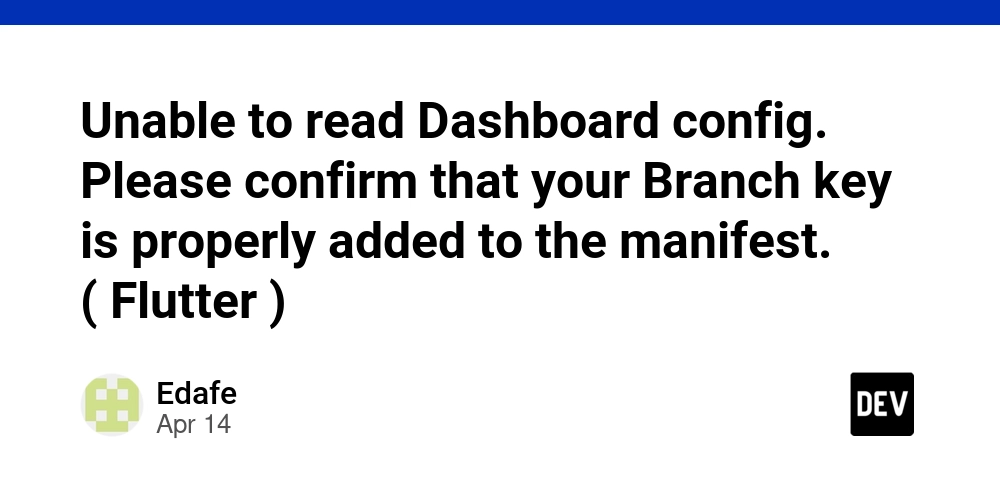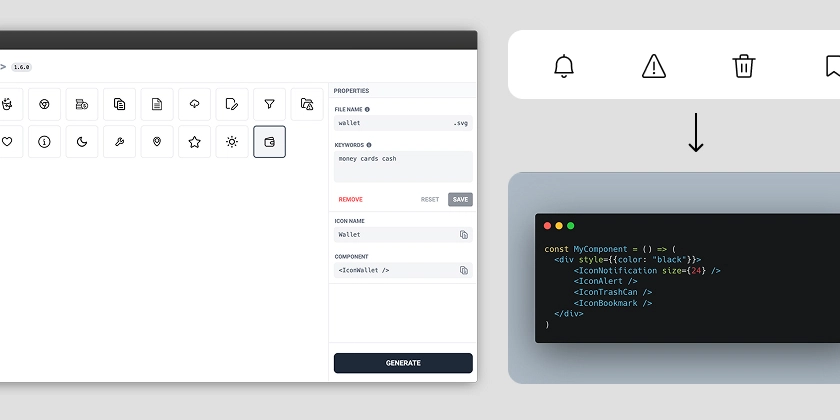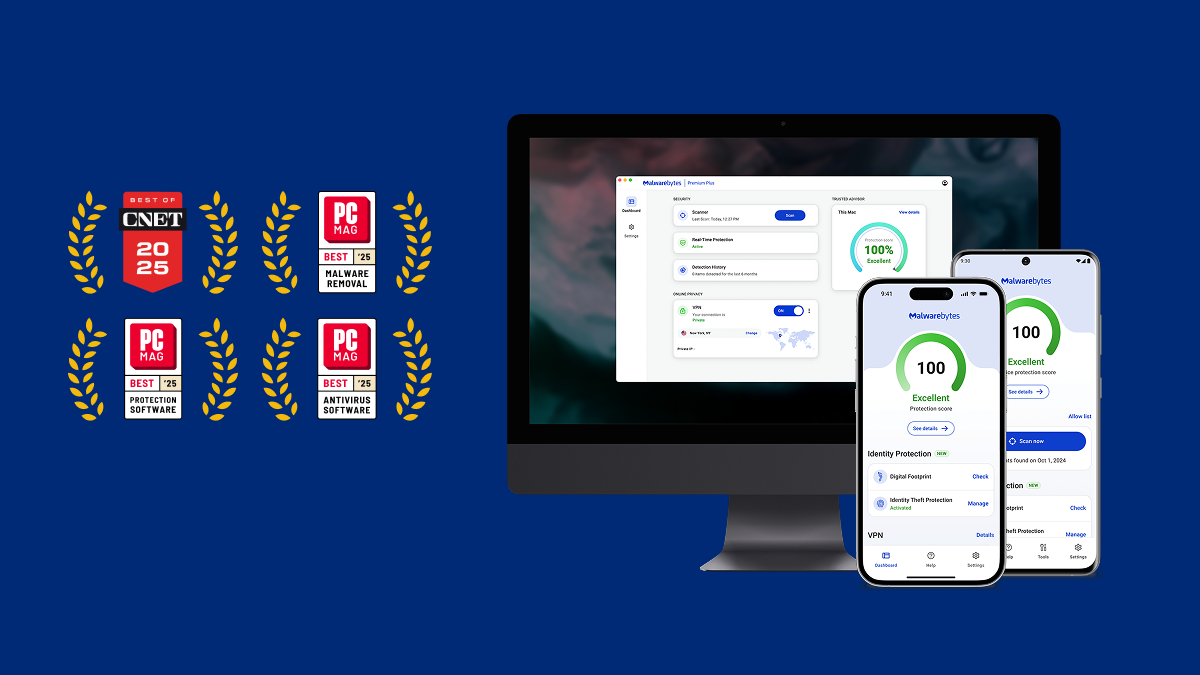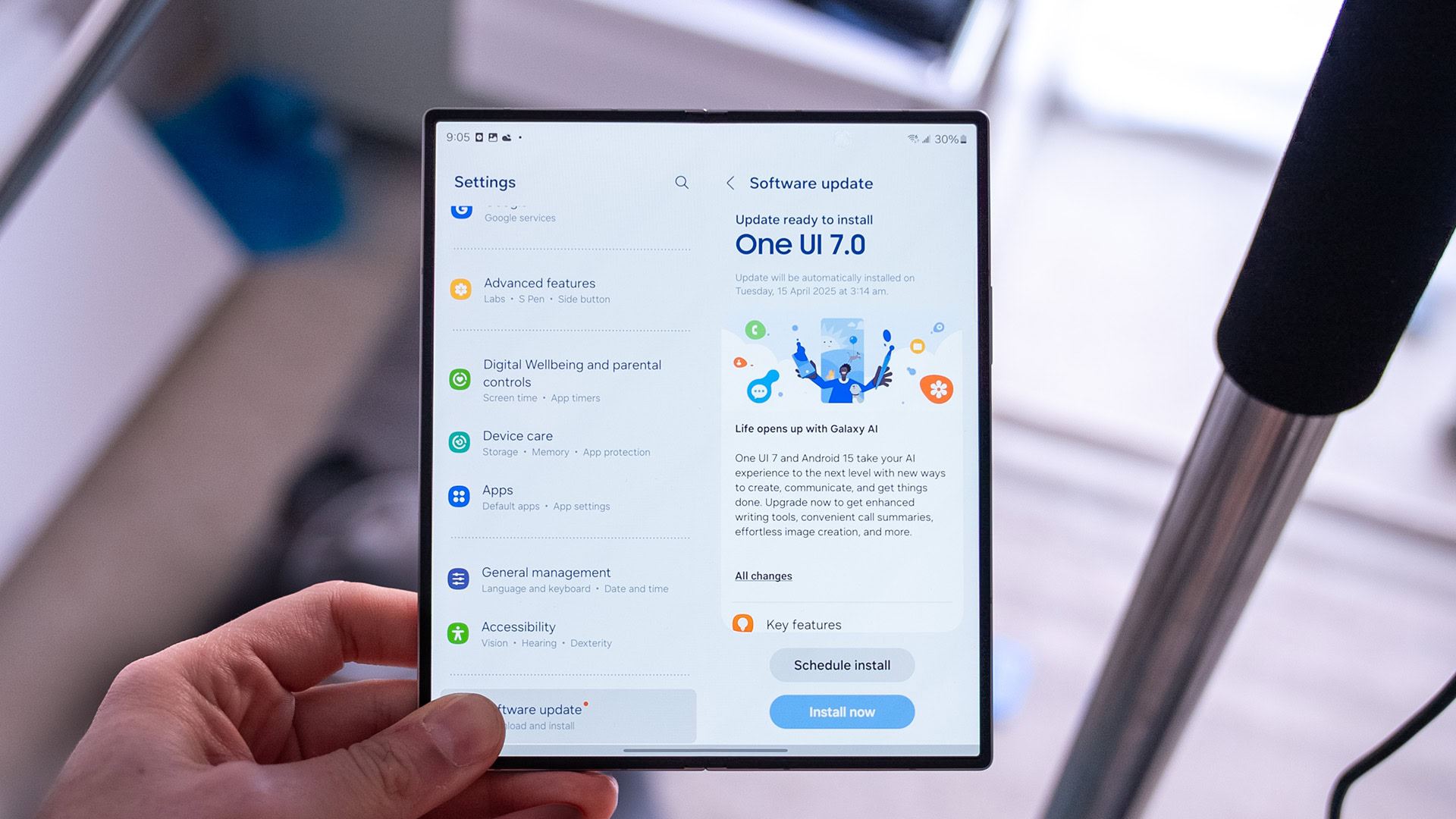Strategic Integration of Google Maps in React for Next-Level Business Insights
In today's competitive digital landscape, leveraging location intelligence can redefine customer engagement and operational efficiency. As C-suite leaders, you understand that innovation isn't just about adopting new technology - it's about deploying it to gain strategic advantages. Integrating Google Maps in React is a prime example of this synergy, offering an advanced, scalable, and highly customizable solution that can elevate your digital strategy. Executive Overview Modern enterprises demand dynamic, data-driven experiences that resonate with users and deliver actionable insights. By integrating Google Maps into React applications, companies can harness granular location data, optimize resource allocation, and streamline operational workflows. This approach not only enhances user experience but also bolsters decision-making with real-time geographic analytics. Unlocking the Value of Location Intelligence Enhanced Customer Engagement: Location-aware applications enable personalized interactions by presenting customers with tailored content based on their geographic context. This translates into improved customer satisfaction and increased conversion rates. Operational Efficiency: Mapping solutions integrated into your web applications facilitate route optimization, real-time tracking, and advanced analytics. The ability to visualize data spatially empowers operational teams to respond swiftly to changing market dynamics. Strategic Decision-Making: From site selection to targeted marketing, location data offers critical insights. With robust integration, data from Google Maps can be fused with other business intelligence tools, providing a holistic view of your market landscape. Technical Excellence: A Deep Dive Our approach leverages the robust @react-google-maps/api package, designed for seamless integration of Google Maps into React environments. This solution is engineered to ensure that even as your application scales, performance and reliability remain uncompromised. Key Implementation Aspects 1. Dependency Installation and Environment Setup Begin by installing the necessary dependency: npm install @react-google-maps/api Create a .env file to securely manage your API key: NEXT_PUBLIC_GOOGLE_MAPS_API_KEY="" // Obtain your API key from Google Developers This environment-driven approach is crucial for maintaining security and ensuring that sensitive keys are not exposed within your codebase. 2. Reusable Provider Architecture A central element of our integration strategy is the creation of a reusable GoogleMapsProvider. This component leverages asynchronous loading to ensure that the Google Maps API is fully loaded before rendering any child components, thereby optimizing performance. import { useJsApiLoader } from "@react-google-maps/api"; import React, { useEffect, useState } from "react"; interface GoogleMapsProviderProps { children: React.ReactNode; } const GOOGLE_MAPS_LIBRARIES: "places"[] = ["places"]; const GoogleMapsProvider: React.FC = ({ children }) => { const [isLoaded, setIsLoaded] = useState(false); const { isLoaded: apiLoaded } = useJsApiLoader({ id: "google-map-script", googleMapsApiKey: process.env.NEXT_PUBLIC_GOOGLE_MAPS_API_KEY!, libraries: GOOGLE_MAPS_LIBRARIES, }); useEffect(() => { setIsLoaded(apiLoaded); }, [apiLoaded]); if (!isLoaded) { return null; } return {children}; }; export default GoogleMapsProvider; Embedding this provider in your main application component (e.g., App.tsx) ensures that all map-related functionalities are efficiently managed across your application. 3. Advanced Customization and Branding Custom map styles are pivotal in aligning the mapping experience with your brand's aesthetics. The provided evenLighterMapStyle is an example of how you can fine-tune the visual presentation: export const evenLighterMapStyle = [ { featureType: "administrative", elementType: "labels.text.fill", stylers: [{ color: "#6195a0" }] }, { featureType: "landscape", elementType: "all", stylers: [{ color: "#f2f2f2" }] }, // ...additional style configurations ]; Such customizations not only create a visually coherent user experience but also reflect a commitment to quality and detail that resonates with high-end clientele. 4. Building a Custom Google Map Component The custom Google Map component integrates essential functionalities ranging from geocoding to interactive marker management ensuring that your application is both dynamic and data-rich. This component is built with scalability in mind, utilizing React hooks and advanced state management techniques. import { GoogleMap, Marker, StandaloneSearchBox } from "@react-google-maps/api"; import React, { useEffect, useMemo, useRef, useState } from "react"; // Additional imports omitted for brevity const CustomGoogleMap: React.FC = ({ latitude, longit

In today's competitive digital landscape, leveraging location intelligence can redefine customer engagement and operational efficiency. As C-suite leaders, you understand that innovation isn't just about adopting new technology - it's about deploying it to gain strategic advantages. Integrating Google Maps in React is a prime example of this synergy, offering an advanced, scalable, and highly customizable solution that can elevate your digital strategy.
Executive Overview
Modern enterprises demand dynamic, data-driven experiences that resonate with users and deliver actionable insights. By integrating Google Maps into React applications, companies can harness granular location data, optimize resource allocation, and streamline operational workflows. This approach not only enhances user experience but also bolsters decision-making with real-time geographic analytics.
Unlocking the Value of Location Intelligence
Enhanced Customer Engagement:
Location-aware applications enable personalized interactions by presenting customers with tailored content based on their geographic context. This translates into improved customer satisfaction and increased conversion rates.
Operational Efficiency:
Mapping solutions integrated into your web applications facilitate route optimization, real-time tracking, and advanced analytics. The ability to visualize data spatially empowers operational teams to respond swiftly to changing market dynamics.
Strategic Decision-Making:
From site selection to targeted marketing, location data offers critical insights. With robust integration, data from Google Maps can be fused with other business intelligence tools, providing a holistic view of your market landscape.
Technical Excellence: A Deep Dive
Our approach leverages the robust @react-google-maps/api package, designed for seamless integration of Google Maps into React environments. This solution is engineered to ensure that even as your application scales, performance and reliability remain uncompromised.
Key Implementation Aspects
1. Dependency Installation and Environment Setup
Begin by installing the necessary dependency:
npm install @react-google-maps/api
Create a .env file to securely manage your API key:
NEXT_PUBLIC_GOOGLE_MAPS_API_KEY="" // Obtain your API key from Google Developers
This environment-driven approach is crucial for maintaining security and ensuring that sensitive keys are not exposed within your codebase.
2. Reusable Provider Architecture
A central element of our integration strategy is the creation of a reusable GoogleMapsProvider. This component leverages asynchronous loading to ensure that the Google Maps API is fully loaded before rendering any child components, thereby optimizing performance.
import { useJsApiLoader } from "@react-google-maps/api";
import React, { useEffect, useState } from "react";
interface GoogleMapsProviderProps {
children: React.ReactNode;
}
const GOOGLE_MAPS_LIBRARIES: "places"[] = ["places"];
const GoogleMapsProvider: React.FC = ({ children }) => {
const [isLoaded, setIsLoaded] = useState(false);
const { isLoaded: apiLoaded } = useJsApiLoader({
id: "google-map-script",
googleMapsApiKey: process.env.NEXT_PUBLIC_GOOGLE_MAPS_API_KEY!,
libraries: GOOGLE_MAPS_LIBRARIES,
});
useEffect(() => {
setIsLoaded(apiLoaded);
}, [apiLoaded]);
if (!isLoaded) {
return null;
}
return <>{children};
};
export default GoogleMapsProvider;
Embedding this provider in your main application component (e.g., App.tsx) ensures that all map-related functionalities are efficiently managed across your application.
3. Advanced Customization and Branding
Custom map styles are pivotal in aligning the mapping experience with your brand's aesthetics. The provided evenLighterMapStyle is an example of how you can fine-tune the visual presentation:
export const evenLighterMapStyle = [
{ featureType: "administrative", elementType: "labels.text.fill", stylers: [{ color: "#6195a0" }] },
{ featureType: "landscape", elementType: "all", stylers: [{ color: "#f2f2f2" }] },
// ...additional style configurations
];
Such customizations not only create a visually coherent user experience but also reflect a commitment to quality and detail that resonates with high-end clientele.
4. Building a Custom Google Map Component
The custom Google Map component integrates essential functionalities ranging from geocoding to interactive marker management ensuring that your application is both dynamic and data-rich. This component is built with scalability in mind, utilizing React hooks and advanced state management techniques.
import { GoogleMap, Marker, StandaloneSearchBox } from "@react-google-maps/api";
import React, { useEffect, useMemo, useRef, useState } from "react";
// Additional imports omitted for brevity
const CustomGoogleMap: React.FC = ({
latitude,
longitude,
customStyles,
searchHidden,
height = "694px",
fullscreen = false,
searchClassName,
markerVisible = true,
markers = [],
GpsClassName,
}) => {
// Core logic, state management, and event handling for geocoding and marker interactions
// Code snippet omitted for brevity-see detailed implementation in provided resources
return (
{/* Search input element */}
);
};
export default CustomGoogleMap;
This component not only supports a seamless user experience but also provides extensive customization options from search functionality to marker interactions tailored for enterprise-level applications.
Driving Business Outcomes Through Strategic Implementation
For decision-makers, the critical takeaway is the potential to transform operational data into strategic insights. Integrating Google Maps with React supports:
- Data-Driven Decision Making: Real-time geolocation data feeds directly into business intelligence systems, offering immediate insights into customer behavior and operational efficiency.
- Scalability and Flexibility: Modular components, such as the GoogleMapsProvider and custom map components, facilitate quick adaptations to changing business needs without disrupting the user experience.
- Brand Consistency and User Engagement: Custom styling ensures that the mapping experience reinforces your brand identity, promoting a consistent and engaging user interface across digital touchpoints.
Conclusion
The integration of Google Maps in React is far more than a technical upgrade it's a strategic enabler that can unlock significant competitive advantages. By adopting a modular, scalable approach, your organization can harness the full potential of location intelligence to drive customer engagement, operational efficiency, and ultimately, business growth.
As you evaluate the next steps in your digital transformation journey, consider how advanced mapping capabilities can be seamlessly integrated into your broader strategy. The investment in such technology not only enhances the digital experience but also provides the actionable insights necessary for sustained competitive advantage.
For further technical details and examples, refer to the @react-google-maps/api documentation and explore practical implementations on GitHub.










































































































































































![[The AI Show Episode 143]: ChatGPT Revenue Surge, New AGI Timelines, Amazon’s AI Agent, Claude for Education, Model Context Protocol & LLMs Pass the Turing Test](https://www.marketingaiinstitute.com/hubfs/ep%20143%20cover.png)



























































































































![[DEALS] Microsoft Visual Studio Professional 2022 + The Premium Learn to Code Certification Bundle (97% off) & Other Deals Up To 98% Off](https://www.javacodegeeks.com/wp-content/uploads/2012/12/jcg-logo.jpg)

![From Accountant to Data Engineer with Alyson La [Podcast #168]](https://cdn.hashnode.com/res/hashnode/image/upload/v1744420903260/fae4b593-d653-41eb-b70b-031591aa2f35.png?#)








































































































.png?#)



































































































































![Some of the best accessories to pair with your Pixel 9 [Video]](https://i0.wp.com/9to5google.com/wp-content/uploads/sites/4/2024/10/Accessories-Header.jpg?resize=1200%2C628&quality=82&strip=all&ssl=1)


![What Google Messages features are rolling out [April 2025]](https://i0.wp.com/9to5google.com/wp-content/uploads/sites/4/2023/12/google-messages-name-cover.png?resize=1200%2C628&quality=82&strip=all&ssl=1)









![iPadOS 19 Will Be More Like macOS [Gurman]](https://www.iclarified.com/images/news/97001/97001/97001-640.jpg)
![Apple TV+ Summer Preview 2025 [Video]](https://www.iclarified.com/images/news/96999/96999/96999-640.jpg)
![Apple Watch SE 2 On Sale for Just $169.97 [Deal]](https://www.iclarified.com/images/news/96996/96996/96996-640.jpg)


































































































































